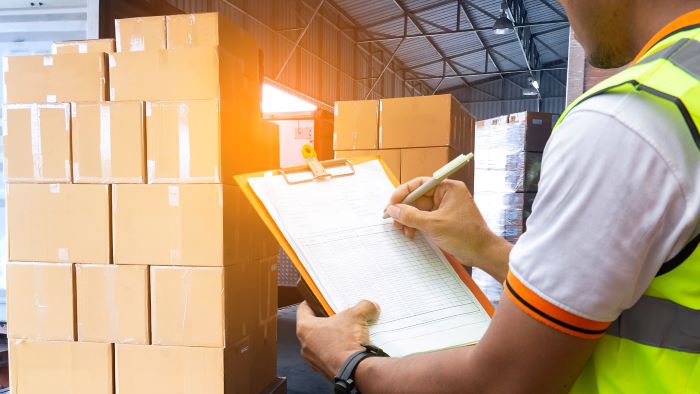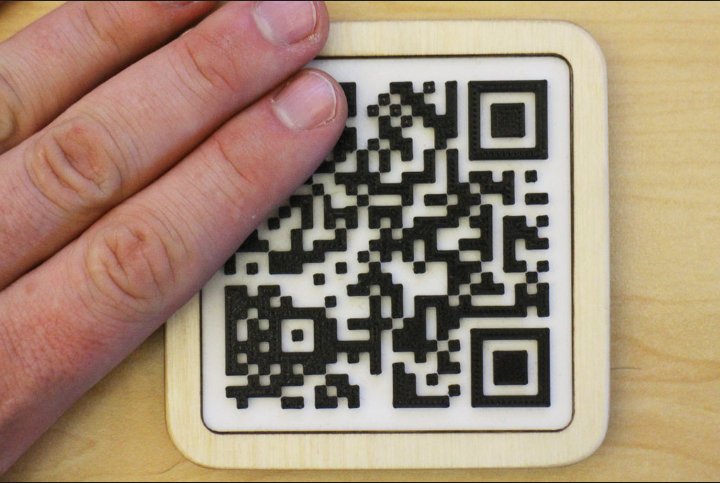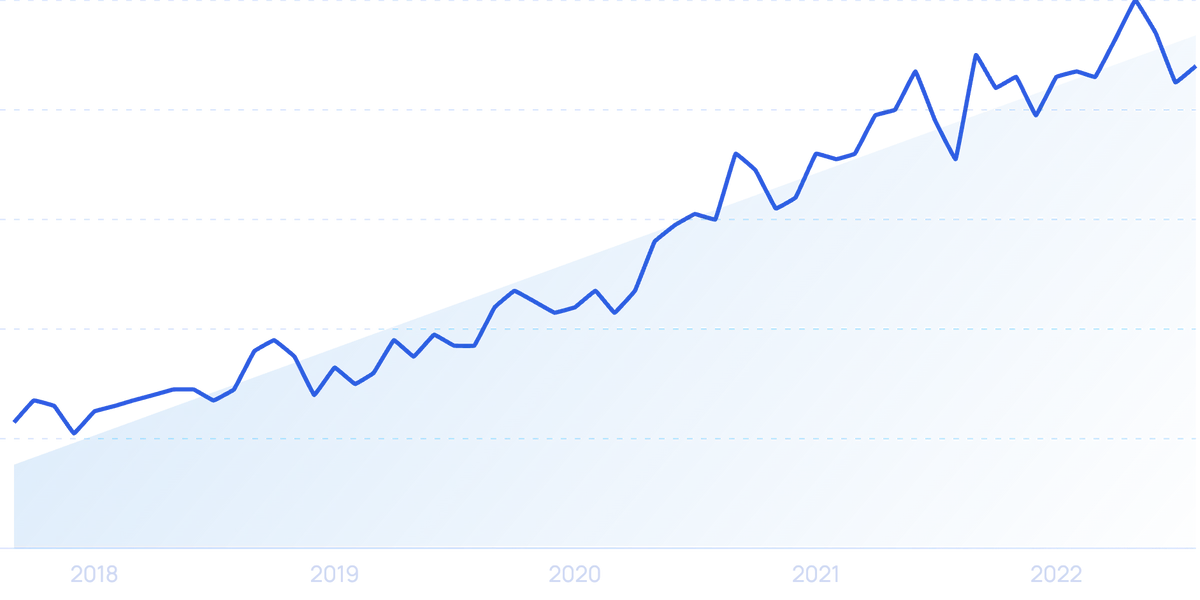The Art of Perfecting Your Pre-Shipment Inspection Process
It is important to check goods before shipping. This checks quality, legal issues, and safety. This check is called pre-shipment inspection. It is part of transporting goods but is often missed. It can help or hurt a company’s name and success. This post explains how to do a pre-shipment inspection the right way. That helps get the most value and leads to success.
Understanding the Significance of Pre-Shipment Inspections
Checks before shipping is important. They make sure the amount, quality, and safety of the product match what was ordered. This helps stop bad or low-quality goods from getting to stores. It protects what the buyer spends and keeps the seller trusted.
These checks are essential for following rules about bringing in and sending goods. They help avoid big fines or delays in sending things. The point of the checks is sometimes not noticed enough, but they must not be considered too small. They work as a smart way to control dangers, protect our name, and make customers happier by ensuring goods are always of good quality. A good pre-shipment check makes sure the goods follow the contract rules and reduces problems later on. It is important to know how much pre-shipment checks do to make good plans and use them well in your supply steps.
Adopting a Risk-Based Approach for Pre-Shipment Inspections
Getting the most value from your cargo checks before shipping involves using a risk-focused strategy. This method identifies and reviews possible problems linked to your goods. It considers things like the quality, safety, legality, and effect on the environment of what you’re transporting. Identifying all risks lets you list them from most to least important. This helps inspections focus on the most urgent problems and use time on what matters most. Finding issues before they get worse makes inspections more proactive instead of waiting for problems to happen.
Supply chains are getting harder to follow and rules change all the time. A risk-based way of checking lets us adapt fast. This helps us follow rules, keep a good name, and make sure high-quality products keep coming. Taking a risk-focused way to check before shipping can create big benefits for controlling risks in your supply chain, providing an improved way to deal with possible problems right away. This method stresses how important checks before shipping are in effectively managing a supply chain overall.
Leverage Technology to Streamline the Inspection Process
Using new technology can greatly increase how well and fast pre-shipment checks work. Digital tools like apps can help inspectors quickly and carefully collect and look at data. This reduces mistakes by people and also helps make decisions more quickly. In addition, by making parts of inspections automatic, technology helps free up inspectors’ time. This lets them focus on more complex jobs needing human work. For example, AI and machine learning can automatically check and point out possible problems. Inspectors can then verify and fix the issues.
Technology can also help inspection work. Digital tools can let inspectors and others involved share information right away. This allows quick fixes when problems come up. These platforms can store and organize inspection details. It is easier than following, studying, and share what inspections find. New technologies like blockchain can protect how open and the inspection steps are easy to follow. This helps all people in the supply chain know what is happening and trust each other. This makes inspection results better and makes the whole supply chain stronger.
Train Your Inspectors Regularly and Thoroughly
The quality of the pre-shipment inspection process depends mainly on how good and skilled your inspectors are. Making sure your inspection team gets regular and deep training can greatly improve how right and fast the process is. Frequent training sessions help the inspectors keep up with changing rules, guidelines, and laws. Ongoing learning also helps them learn the different needs for different types of products. This ensures their inspections match what each product needs.
As technology changes how inspections are done, it is important to teach inspectors how to use new things. This means learning to collect data and look at it digitally. It also means learning how machines can find problems and how to talk to others online easily during inspections. Training inspectors in consistent and unbiased ways can boost how credible inspections are seen. Routine and complete training can strengthen what inspectors can do. This makes pre-shipment checks and supply chains better and stronger.
Maintaining Good Relationships with Suppliers
Building a good working relationship with your suppliers is an important part of checking shipments before they leave. This helpful relationship grows on trust and respect between both sides. This helps make it easy to talk openly and work together quickly. When suppliers see the checking process as working together rather than being forced, they are happier to fully take part in checks. They give needed information without waiting and fix problems when needed.
It is important to be clear when talking with people who provide things for your business. Give them details about what you want for each order and explain how you will check the quality. Also, let them tell you if they have questions or problems. This helps everyone work together to solve issues. Having open talks builds trusting partnerships.
Thanking and praising suppliers is important for keeping good business partnerships. Saying they did well meeting quality and safety rules inspires them to keep doing a great job or even better. Helpful comments can help suppliers make processes better and do an even better job matching what you want. Having good relationships with suppliers does more than make inspections before shipments easier. It encourages working together and constant upgrades. This can lead to better quality products, fewer late shipments, and a supply chain that works more smoothly.
Regular Review and Improvement of the Inspection Process
Having excellent pre-shipment inspections requires constant effort. You must regularly check and improve current methods. Measure how well current strategies work. Find areas to do better. Make necessary changes. Get feedback from inspectors, suppliers, and others involved. Their views give useful ideas to make inspections better. Always trying to improve makes inspections higher quality. It also makes the whole supply chain work better and faster. Staying open to change and wanting to do better keeps inspections helpful, following rules and standards. Regular checkups and improvements are key strategies. They give pre-shipment inspections maximum value. They also strengthens how you manage the supply chain.
Share this content:



